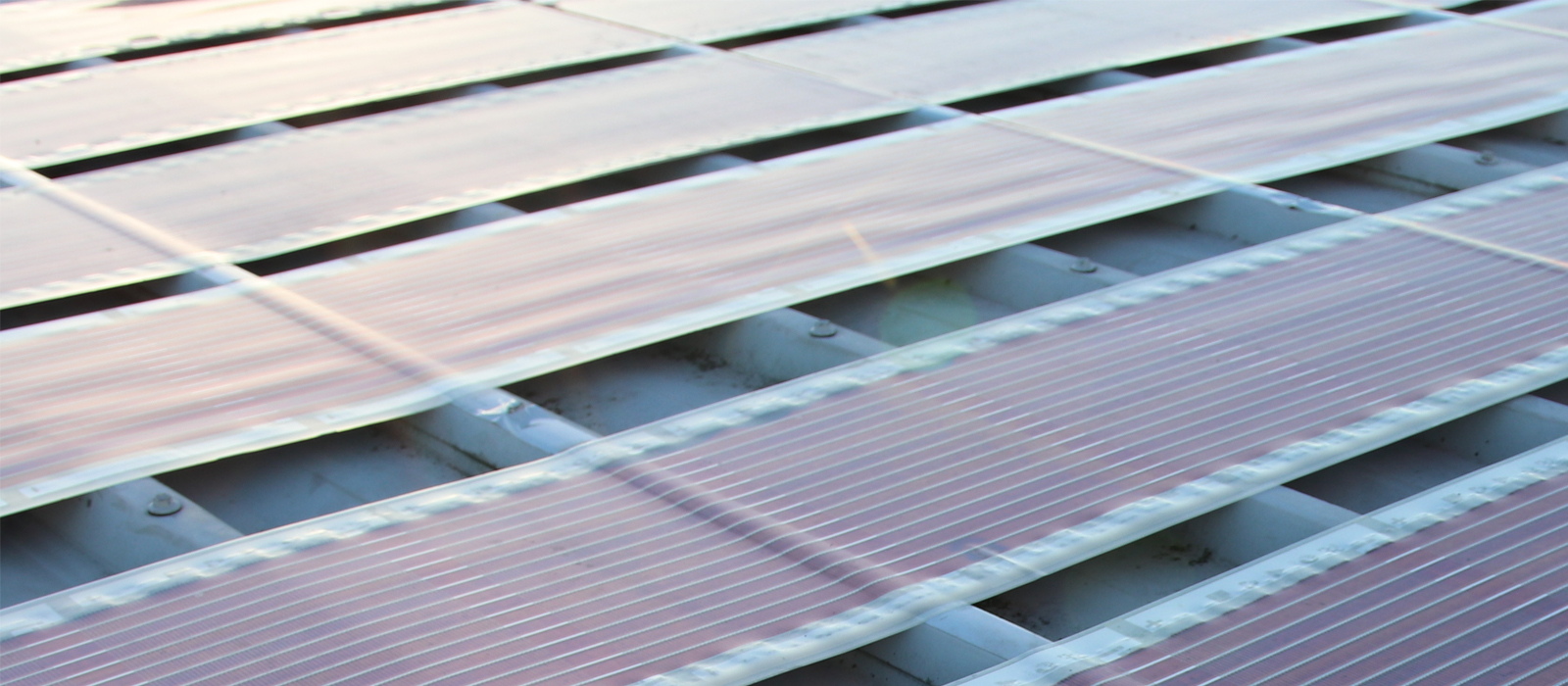
Nanoparticle Organic Photovoltaics (OPVs)
Natalie Holmes (PhD Candidate)
Morphology and device optimisation
Nanoparticle OPVs offer a low cost option for electricity generation compared to conventional silicon solar cells as they can be printed on mass scale from water-based inks. As an emerging technology, optimisation of device performance is necessary and a major part of this is understanding the role of morphology in this system, which is part of my PhD research. The morphology of OPV active layers is important to device performance due to the exciton diffusion length being quite small, approximately 10 nm. Utilising nanoparticles gives us the added advantage of a higher level of control of active layer morphology, as we can fabricate particles in the same size range as this exciton diffusion length. Nanoparticle morphology and nanoparticle film morphology is dependent upon many factors; including fabrication process, material properties of the polymers, annealing treatments, etc.
Upscale
Upscale of nanoparticle fabrication methods is key to making the technology more affordable. Currently we fabricate small batches of materials for testing. We aim to upscale this using flow chemistry methods which will enable us to produce large volumes of ink for printing solar cells via commercial roll-to-roll printing methods.
The University of Newcastle acknowledges the traditional custodians of the lands within our footprint areas: Awabakal, Darkinjung, Biripai, Worimi, Wonnarua, and Eora Nations. We also pay respect to the wisdom of our Elders past and present.